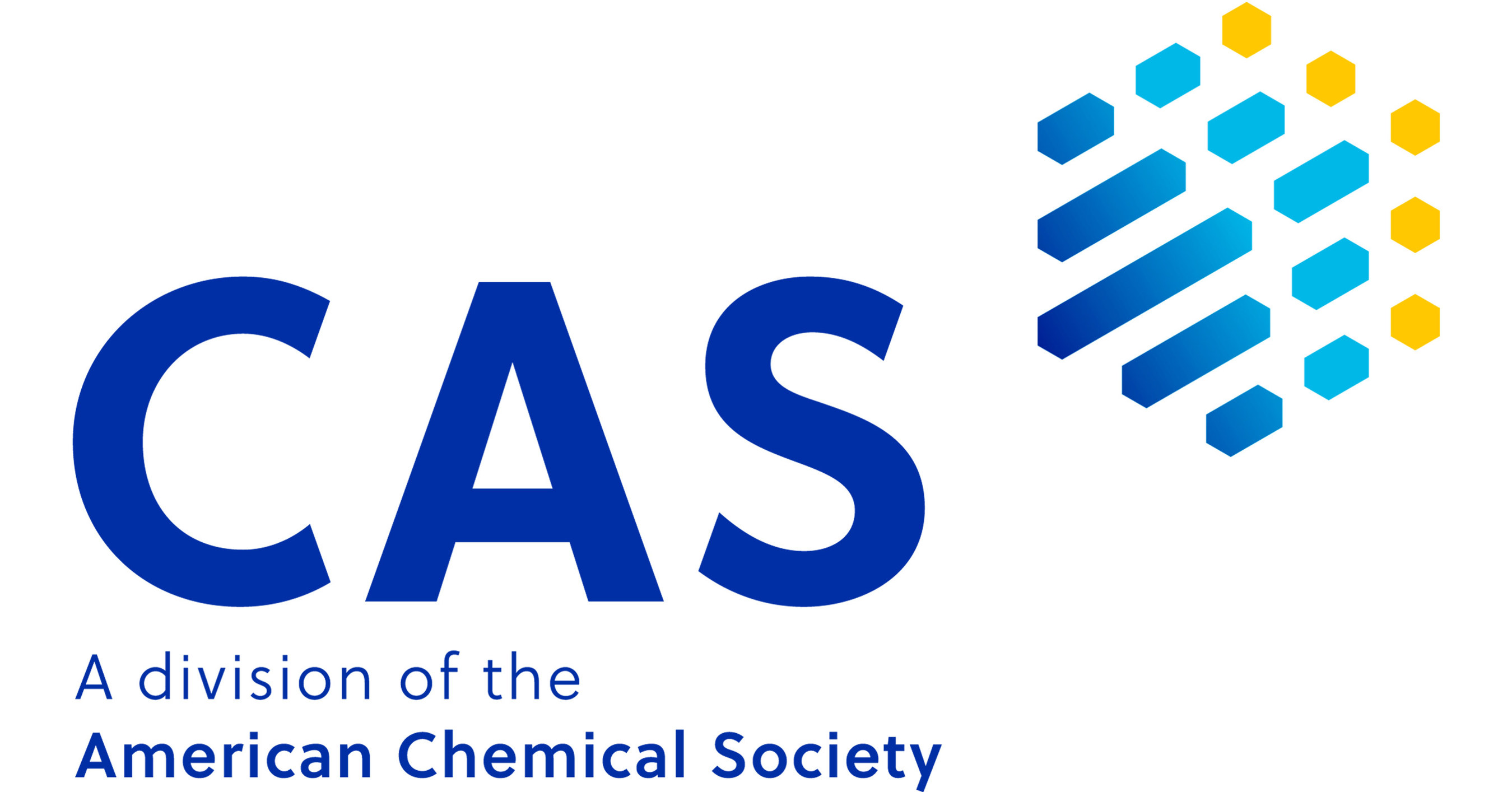KOKOMO, Ind. - Less than an hour after President Donald Trump unveiled sweeping “Liberation Day” tariffs on dozens of countries, Denny Butler, a United Auto Workers local union vice president, received word that Stellantis would temporarily lay off 370 of his members.
The maker of Chrysler, Dodge and Jeep brands explained that it was taking “immediate actions” because of the president’s tariffs, which have hit the auto industry particularly hard.
Last week, company officials went into its three Kokomo plants searching for volunteers before forcing some workers with less seniority to be laid off temporarily, Butler said. For now, the layoffs last only two weeks but could be extended, as they have in the past. For some 470 Stellantis workers placed on indefinite layoffs last year, these new layoffs could further delay their return to work and even force them out of the industry.
“It’s scary, and we don’t know if it’s going to stick,” Butler said of the latest round of layoffs, as a procession of autoworkers dropped in to ask him for assistance filing for unemployment benefits. “If these layoffs are related to the tariffs, it doesn’t appear that this problem is going to be fixed in two weeks.”
Stellantis’s April 3 announcement made it one of the first companies to specifically blame layoffs on the Trump tariffs. The job losses weighed on this solidly Republican town 60 miles north of Indianapolis that has lost thousands of manufacturing jobs over the past two decades, as automakers have closed plants and shed jobs amid free trade deals and advances in automation.
For now, layoffs - about 900 total over five Stellantis locations in Kokomo and in the Detroit metropolitan area - mean less production and an uncertain future. But many autoworkers said they hope tariffs will “address the injustices of global trade,” the White House’s stated aim, bringing manufacturing jobs back to the area.
Fayne Parr, 59, oversees a production line at Stellantis’s Indiana Transmission Plant and was among workers forced into a two-week layoff blamed on the tariffs. He’s hopeful Trump’s trade policy will bring more jobs to the area. For now, he’s not worried about the lost income, as he can collect unemployment benefits and the company’s supplemental benefit that give him about 85 percent of his regular pay.
“I don’t want to b---- about the tariffs,” he said. “They might be a good thing. I just don’t know yet. They might be a great thing.”
Jodi Tinson, a Stellantis spokeswoman, told The Washington Post that the layoffs in Kokomo were the result of paused production at Stellantis plants in Windsor, Canada, and Toluca, Mexico. Operations are scheduled to resume in Canada next week. “The company will continue to monitor the situation to assess whether further action is required,” Tinson said.
While Trump has announced a pause on some of the sharpest global tariffs, excluding those imposed on China, the administration has forged ahead with 25 percent tariffs on imported automobiles and auto parts. The auto industry could be the first indicator of whether targeted tariffs boost manufacturing in the United States or just raise prices and push car ownership out of reach for more Americans.
UAW President Shawn Fain, an outspoken critic of Trump during the presidential campaign, initially praised the administration for the auto-sector tariffs, declaring them a “major step in the right direction for autoworkers and blue-collar communities.” Last week Fain clarified his position, saying that the union is “not aligning everything we do with the Trump administration” but rather “negotiating.”
UAW leadership sees opportunities, for Stellantis in particular, to move manufacturing back to the United States, particularly to plants that are currently running under capacity, including those in Kokomo, Fain’s hometown.
Some laid-off workers, including Parr, told The Post they trust neither major political party’s leadership in Washington. They blame open trade policies, especially the North American Free Trade Agreement of 1994, for the region’s decline.
“A lot of us knew NAFTA should never have happened, but you can’t control the rich,” said Parr, who has been laid off temporarily five times over the past decade. “I was told by everybody that it’s gonna bleed all our jobs out, and that’s exactly what it has done.”
In Kokomo, a town of 60,000, layoffs have been followed by the shuttering of mom-and-pop businesses. Major thoroughfares have been trimmed down to fewer lanes, and families have fallen from the middle class. Residents had once referred to the town as the “fast-food capital of the world” because of its high density of fast-casual chains for such a modestly sized population. But many have now left the area.
Andrea Smith, 32, a Kokomo native and production worker at Stellantis’s Indiana Transmission Plant, lost her job in a previous round of layoffs in August as Stellantis moved to trim costs amid plummeting profits in 2024.
Since Smith’s layoff, she and her husband, who still works at the plant, have stopped going out to eat as much and skipped their usual vacation to Florida. They consider themselves lucky, and not as bad off as other laid-off co-workers with children. Later this year, Smith’s unemployment benefits will run out, and she could have to find a new job.
“This new layoff right now makes me worried,” said Smith, who is considering a return to a previous job working for the city of Kokomo, where she made $14.50 an hour. She made more than $30 an hour at Stellantis and paid no insurance premiums for health care, dental and vision coverage thanks to the union contract. “I’ve got to start figuring out what to do,” Smith said.
Stellantis, which assumed the Chrysler brand, is considered one of Detroit’s Big Three automakers, but the automaker struggled in 2024 more than its competitors. The multinational company, headquartered in the Netherlands, was created with the 2021 merger between Fiat Chrysler Automobiles and PSA Group, the French maker of Peugeot vehicles.
During the pandemic, Stellantis accelerated a move away from entry-level, lower-cost vehicles. After pandemic-related supply-chain woes resolved, buyers had more options but faced higher interest rates to finance cars, pushing cash-strapped families to pull back in the United States. The company also sold fewer cars around the world, including China. The company reported a 70 percent drop in profits in 2024, largely due to slower sales. Its CEO resigned suddenly in the fall.
Following a meeting between Trump and Stellantis chairman John Elkann in January, Stellantis recommitted to reopening its plant in Belvidere, Illinois, as well as investing in the next phase of a four-cylinder turbocharged engine in Kokomo, a reversal of plans to move that work to Italy, which the union says will create 1,000 new jobs.
Kokomo took a big hit during the Great Recession. In 2009, General Motors filed for bankruptcy, which dealt a hit to its Kokomo-headquartered electronics subsidiary. Over the decades, some 15,000 GM jobs disappeared. The town is now peppered with abandoned warehouses, partially vacant strip malls, and empty fields where now-demolished manufacturing plants once stood. The loss of GM-supported jobs in Kokomo has made the town increasingly dependent on Stellantis’s fortunes alone. The world’s fourth-largest automaker employs some 6,000 workers in the area and supports many others.
“When Stellantis is booming, everything else is booming,” said Zak, an autoworker at a Stellantis plant in the area for the past 29 years who spoke on the condition that he be identified only by his first name. “When it’s not, everything goes to s---.”
Still, bars and restaurants fill up after shifts let out at Stellantis. And residents take pride in the town’s ability to weather downturns.
Frittatas, a family-owned diner near the Kokomo Transmission Plant known for its farmers’ skillet breakfasts and homemade biscuits, feeds hundreds on a typical day, including many autoworkers. But this year has been the slowest in recent memory, said Spiro Papagiannis, a co-owner, adding that the restaurant is “going to feel any layoffs” at Stellantis.
Papagiannis is uncertain about what the tariffs could mean for business. “It’s hard to take a side, because I mean: What news do you listen to? Who’s telling you the truth?” he said. “I just pray that it doesn’t get worse.”
At Club Oasis, a dimly lit dive bar known for its Trump-supporting clientele, owner Denny Shoffner, 78, says he’s optimistic about tariffs bringing a manufacturing boom to Kokomo.
“It used to be this place was packed at lunch. If you didn’t get here by 7:30 [in the morning], you couldn’t get a seat,” said Shoffner, whose father opened the bar in 1960, referring to workers coming in after the graveyard shift. “If we can get more cars being made, we get more people here. More people creates more business. It helps everybody.”
Still, others in Kokomo see a tougher road ahead.
“Trump is trying to build factories around the country, but it’s the wrong timing because right now everyone is struggling - big time,” said Hameed Nagi, a cashier at a smoke and vape shop in a strip mall with a Walmart Supercenter, several empty storefronts and a dollar store that is going out of business. Autoworkers are a big source of business, Nagi said, but lately they aren’t coming in as much. “And we’re going to have to raise prices soon because everything comes from China.”
For his part, Butler, the UAW local vice president, said that he agrees with the “end goal” of Trump’s tariffs but remains concerned. He’s worried about the speed of the policy change, who pays for the tariffs and how the levies will affect autoworkers, especially in the coming months.
“I don’t think that it is doable for these corporations to pick up a manufacturing facility from Mexico or Canada and fly it over here and set it in the middle of a cornfield in Indiana and say, ‘Boom, we’re ready to go next week,’” Butler said. “I need a set of answers that we can sell to our members. And right now, it’s the unknowns.”
Related Content
Ja Morant dares the NBA to punish him, knowing it won’t pull the trigger
Scientists are ‘X-raying’ the Amazon, unlocking a lost human history
The Smithsonian could be the beginning of Trump’s plan to edit history. Or the end.
.png)
 German (DE)
German (DE)  English (US)
English (US)  Spanish (ES)
Spanish (ES)  French (FR)
French (FR)  Hindi (IN)
Hindi (IN)  Italian (IT)
Italian (IT)  Russian (RU)
Russian (RU) 







Comments